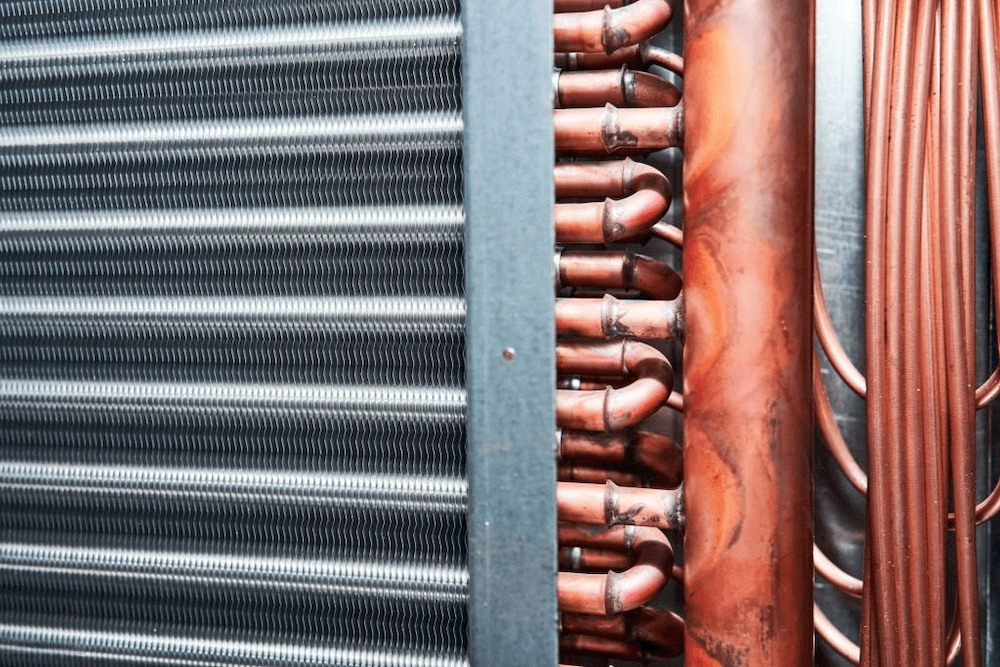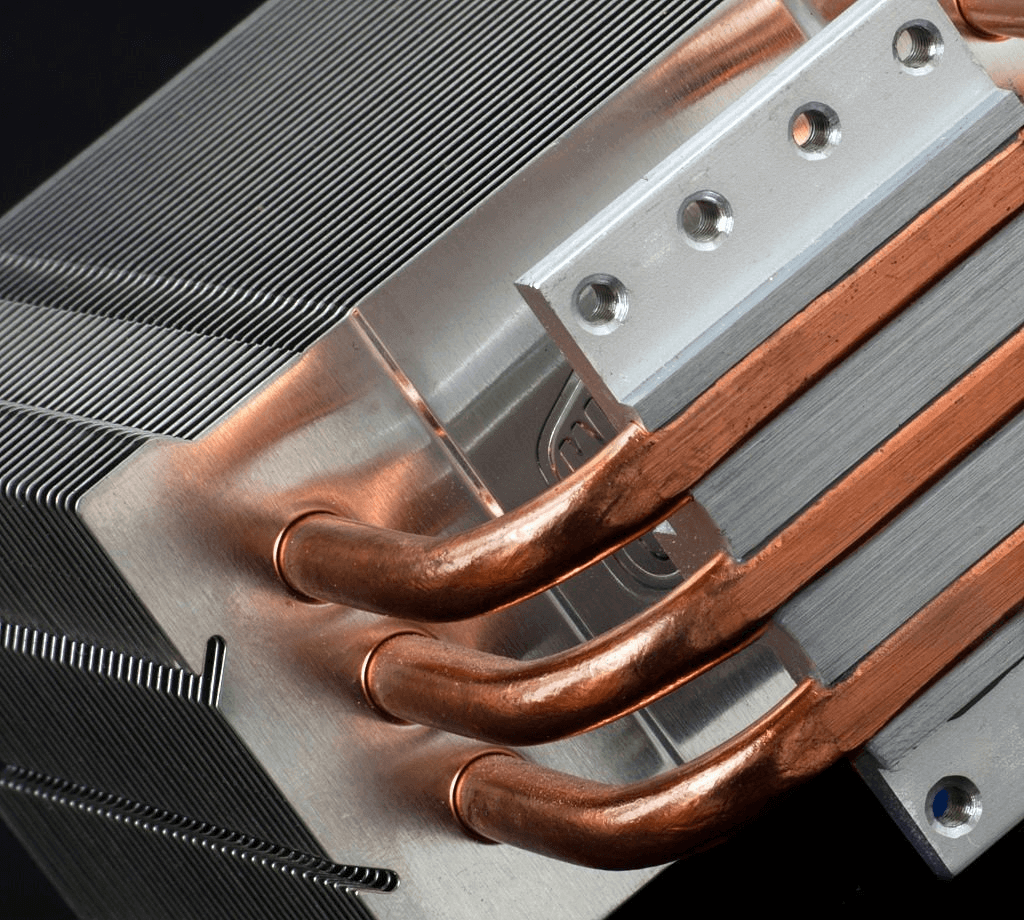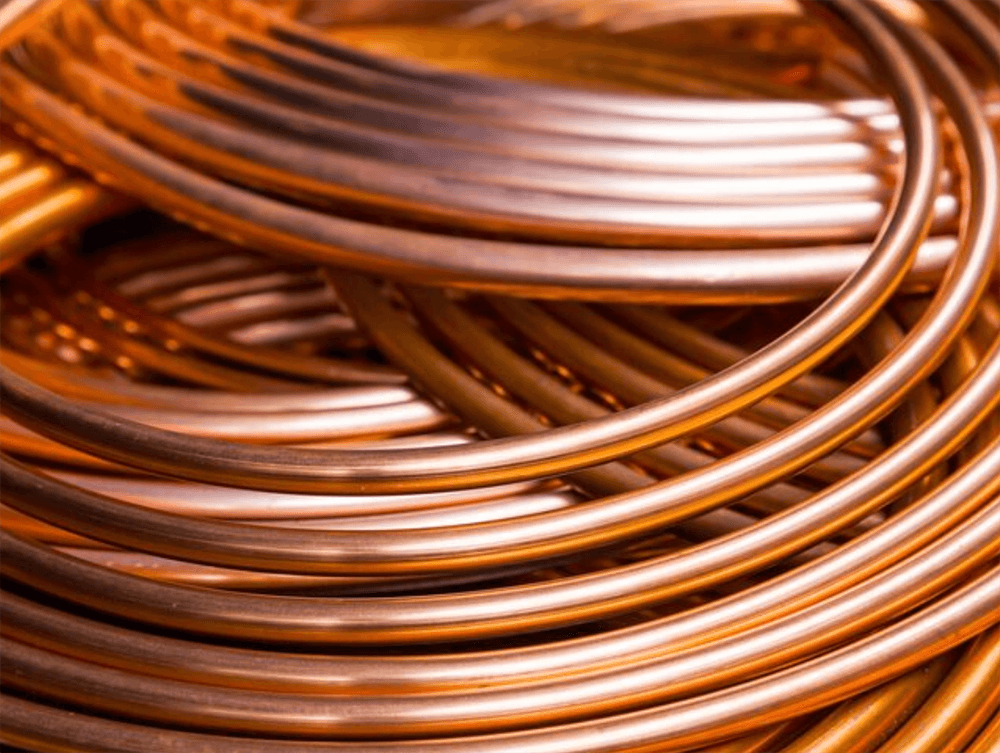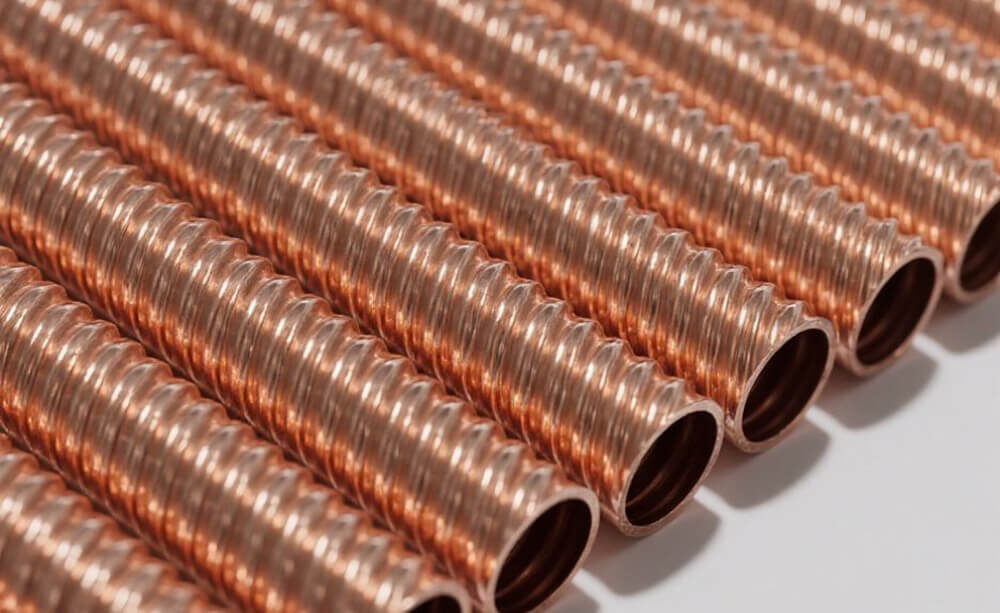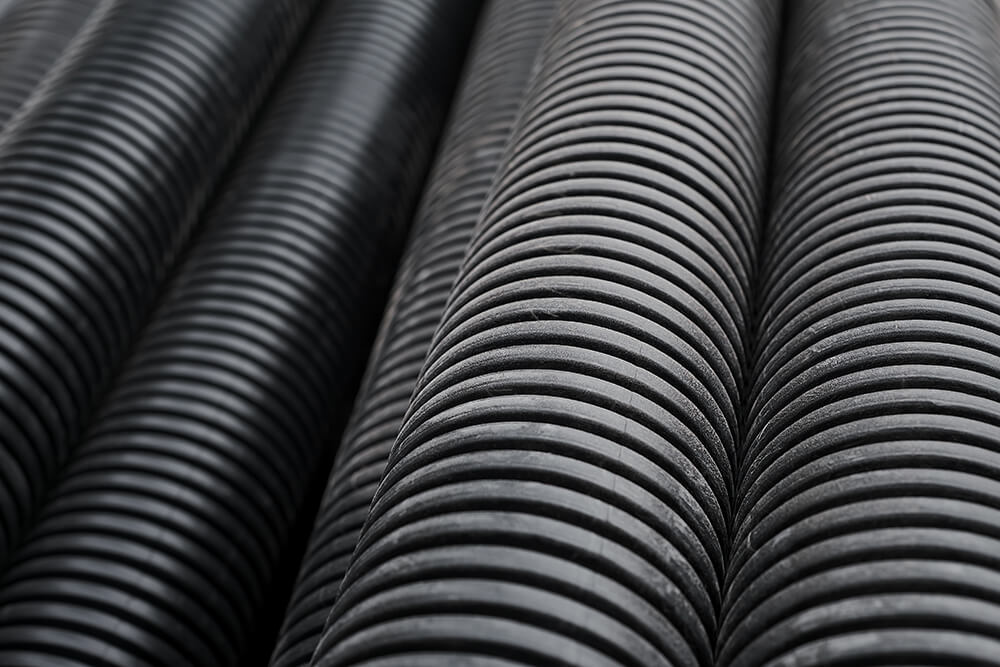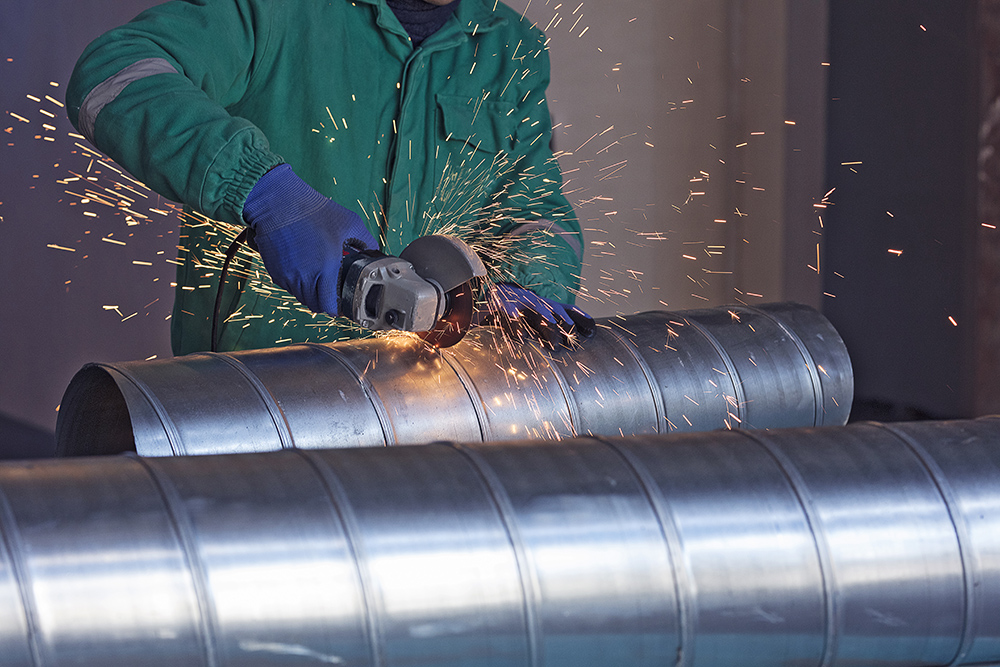When it comes to heat exchangers, especially in applications like air conditioning, industrial cooling systems, and radiators, the materials used in construction can make a significant difference in performance. Among the various materials available for fin tube radiators, aluminum stands out as a superior choice. But why exactly is aluminum the preferred material for fin tube radiators? In this blog, we will explore the reasons why aluminum fin tube radiators are considered one of the best options for efficient and effective heat transfer.
What Are Aluminum Fin Tube Radiators?
Aluminum fin tube radiators are heat exchangers that utilize aluminum fins attached to metal tubes, typically copper or aluminum, to enhance the heat transfer process. The metal tubes carry the hot or cold fluid, while the aluminum fins increase the surface area, allowing for better interaction between the fluid inside the tube and the air or another fluid surrounding the tube.
These radiators are widely used in a range of industries, from automotive cooling systems to HVAC units, and are valued for their ability to efficiently transfer heat in a compact, cost-effective design. Now, let’s dive into the reasons why aluminum fin tube radiators are considered the best in their class.
1. Superior Thermal Conductivity
One of the most critical factors when selecting materials for heat exchangers is thermal conductivity. Aluminum has excellent thermal conductivity, meaning it can absorb and release heat quickly and efficiently. When used as fins on a radiator, aluminum effectively increases the surface area, which facilitates better heat exchange.
Aluminum’s high thermal conductivity allows it to efficiently transfer heat between the fluid inside the tubes and the surrounding air or fluid, significantly improving the overall performance of the heat exchanger. Compared to other materials like stainless steel or copper, aluminum has a better ability to distribute heat evenly, which is vital for systems requiring constant and reliable cooling or heating.
2. Lightweight and Easy to Handle
Another major advantage of aluminum is its lightweight nature. Aluminum is considerably lighter than copper and many other metals, making it easier to handle during installation and maintenance. This lighter weight also reduces the overall load on the structure where the radiator is mounted, which is especially important in industries like HVAC, automotive, and aerospace, where space and weight limitations are crucial.
Furthermore, because aluminum is lightweight, the entire heat exchanger system becomes more energy-efficient. Lighter radiators require less power to operate and are easier to transport, which reduces operational costs and simplifies logistics.
3. Corrosion Resistance
Aluminum is highly resistant to corrosion, particularly in humid or wet environments. Unlike copper, which can corrode over time, especially in certain chemical or environmental conditions, aluminum maintains its structural integrity for much longer periods. This makes aluminum fin tube radiators ideal for applications where exposure to moisture or chemicals is common, such as in marine, industrial, and outdoor systems.
The corrosion-resistant properties of aluminum help extend the lifespan of the heat exchanger, making it a cost-effective choice in the long term. It also requires less maintenance, reducing both downtime and operational expenses.
4. Cost-Effectiveness
While aluminum is more affordable than copper, it still provides excellent performance when it comes to heat transfer. This makes aluminum fin tube radiators an ideal choice for businesses and industries looking for efficient cooling or heating solutions without breaking the budget.
The cost-effectiveness of aluminum doesn’t mean sacrificing quality. In fact, aluminum fin tube radiators offer an excellent balance between performance and price, making them accessible for both small-scale applications and large industrial systems. For companies in sectors like HVAC, automotive, and refrigeration, aluminum fin tube radiators present a highly practical option.
5. Easy to Manufacture and Design Flexibility
Aluminum is incredibly versatile and easy to manufacture. This flexibility allows for the creation of custom-designed finned tube radiators that meet the specific needs of different applications. Whether it’s adjusting the size of the fins for more efficient heat transfer or designing the tube structure for particular fluid flow requirements, aluminum offers unmatched design flexibility.
Moreover, aluminum can be easily extruded, bent, and shaped into various forms, which reduces manufacturing costs and lead times. This ease of fabrication makes it easier to develop and deploy aluminum fin tube radiators quickly, benefiting industries where time-to-market is critical.
6. Environmental Sustainability
In today’s world, environmental sustainability is more important than ever. Aluminum is a highly recyclable material, making it an eco-friendly option for heat exchanger systems. Aluminum can be recycled indefinitely without losing its structural properties, contributing to reducing waste and the carbon footprint of manufacturing processes.
By using aluminum in fin tube radiators, companies can contribute to sustainability efforts while still achieving optimal heat transfer performance. Additionally, the longer lifespan and corrosion resistance of aluminum products reduce the need for frequent replacements, further minimizing environmental impact.
7. Superior Heat Dissipation in Compact Designs
Aluminum fin tube radiators excel in heat dissipation due to their ability to increase the surface area without significantly increasing the size of the unit. In many industries, space is at a premium, and aluminum’s high thermal conductivity allows for a compact design that still delivers outstanding performance.
Whether in an air conditioning unit, a refrigeration system, or a vehicle radiator, aluminum fin tube radiators can be optimized for space constraints while providing powerful heat dissipation. This is particularly beneficial in industries where both space and weight are critical factors.
8. Enhanced Aesthetics
In addition to its functional advantages, aluminum also provides an aesthetic benefit. Aluminum fin tube radiators often have a sleek, modern appearance that suits a variety of applications. Whether it’s for an air conditioning system in a commercial building or a cooling unit in a high-end vehicle, aluminum radiators can contribute to a clean, professional look that aligns with the design needs of the product.
Conclusion: Why Aluminum Fin Tube Radiators Are the Best Choice
Aluminum fin tube radiators offer a blend of performance, durability, cost-effectiveness, and environmental sustainability that makes them the go-to choice for many industries. Their superior thermal conductivity ensures efficient heat transfer, while their lightweight and corrosion-resistant nature make them ideal for use in challenging environments. Additionally, aluminum’s recyclability and ability to be easily shaped into customized designs add to its overall appeal.
For anyone looking to maximize heat dissipation in a compact, cost-effective, and reliable system, aluminum fin tube radiators are, without a doubt, the best option. Whether you’re designing a new HVAC system, automotive cooling solution, or industrial heat exchanger, aluminum provides the perfect balance of performance, longevity, and affordability.

